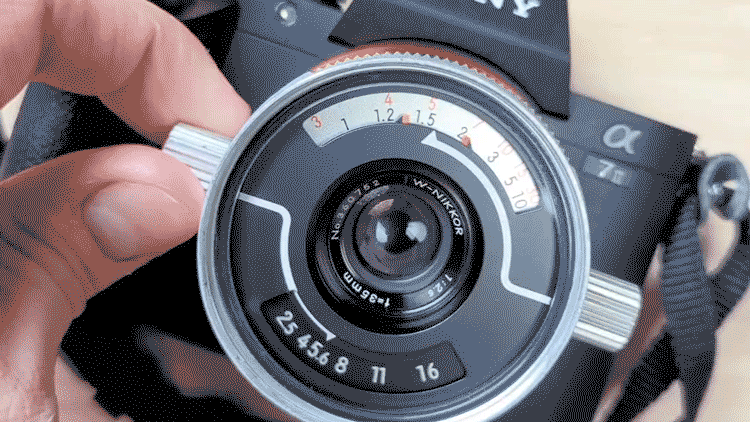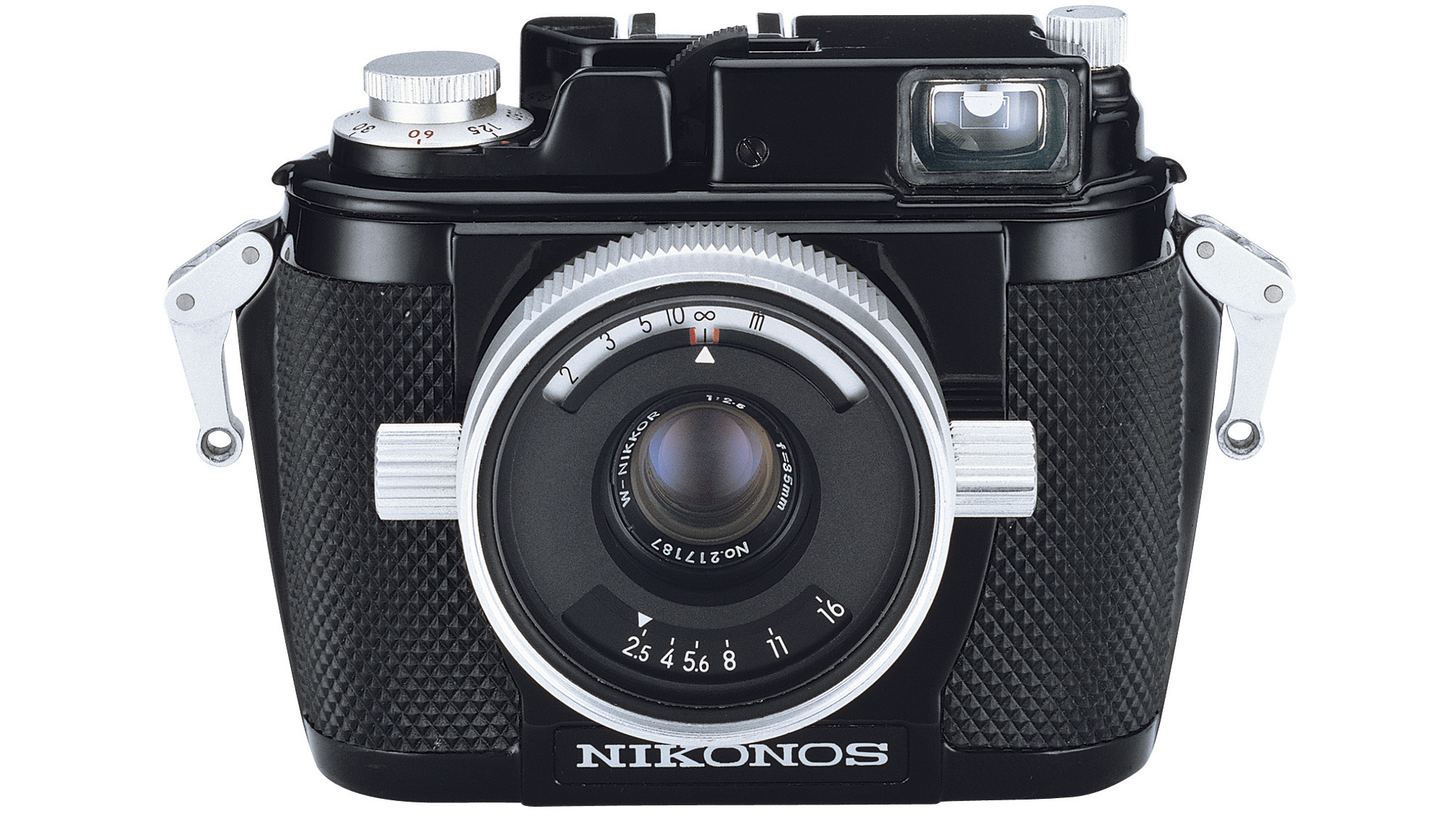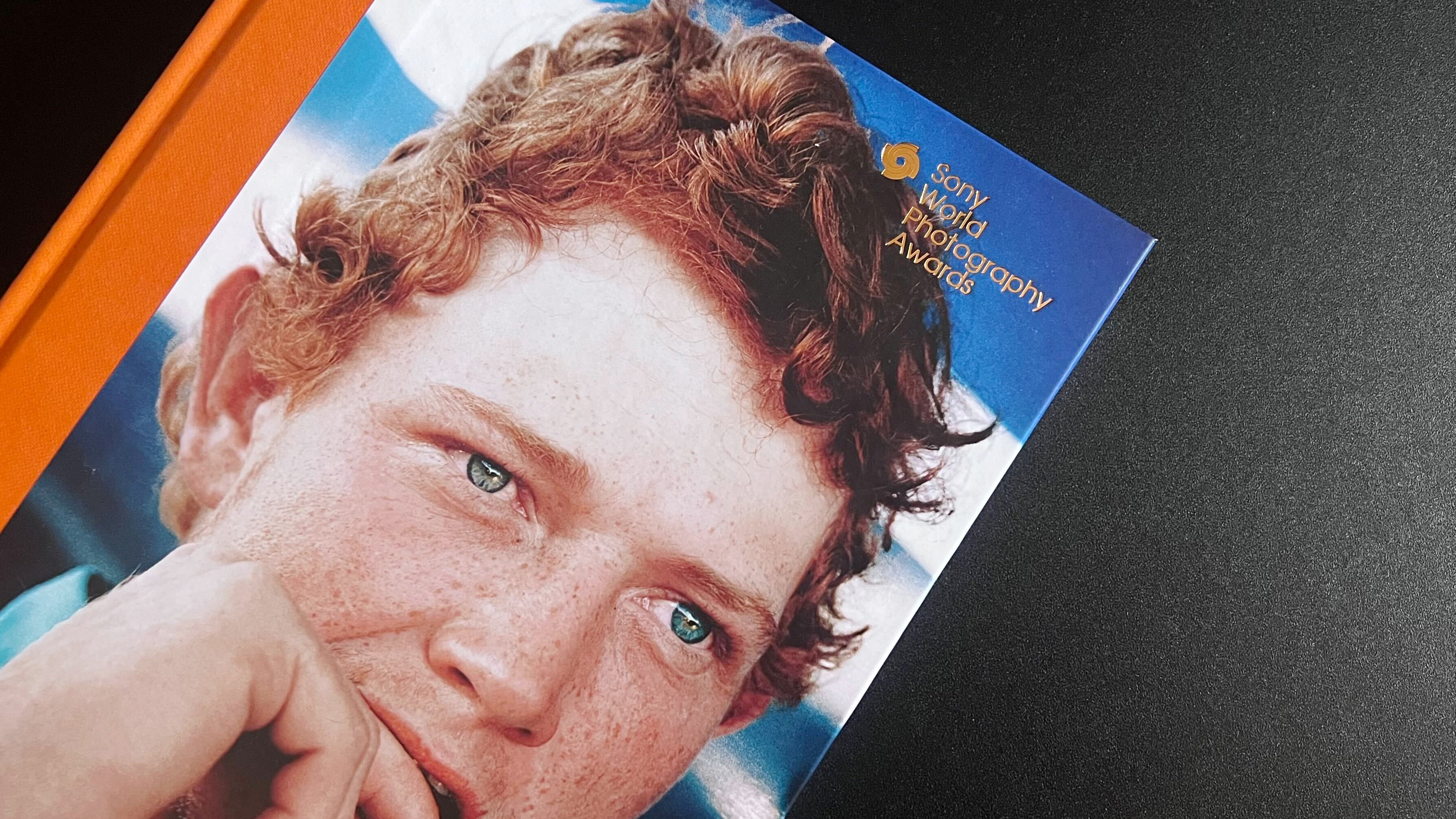This might be the weirdest camera lens I've ever seen! But where does it come from?
I think this is the weirdest camera lens I've ever laid eyes on. But what is it, and what's the story behind it?

Instagrammer, YouTuber and photographer, James Warner, (aka @_snappiness_) has uploaded a fascinating Reel about his collection of Nikonos underwater lenses. Or rather, how he's adapted them to fit onto a mirrorless camera, his Sony A7 II.
Far from being a simple off-the-shelf purchase, James had to design the adapters himself. That's right, the video (which you can see below) even shows his CAD design and an adapter being 3D-printed.
The glass in the video is the W-Nikkor 35mm f/2.5 and W-Nikkor 80mm f/4. These lenses aren't just watertight; Nikon designed the optics to provide the best image quality while underwater. But what's immediately apparent is the pair of protruding dials, which control the focus and aperture.
Diving gloves and poor visibility can make operating a camera underwater extremely fiddly, so Nikon's underwater cameras and lenses feature oversized, easy-access controls.
A post shared by James Warner (@_snappiness_)
A photo posted by on
What was Nikon Nikonos?
Today, Nikon Nikonos is no more. Underwater photographers predominantly use mirrorless or DSLR cameras and lock them safely within the best underwater housings.
Interestingly, underwater housings are how Nikon began its underwater journey – but following the release of the first underwater camera in 1961, the Calypso, the Big N set its sights on the underwater market and in 1963 it took the plunge.
The first Nikonos was, in fact, just a rebranded Calypso with a W-Nikkor 35mm f/2.5 lens, which is what James mounted onto his Sony A7 II (albeit a later variant).
Get the Digital Camera World Newsletter
The best camera deals, reviews, product advice, and unmissable photography news, direct to your inbox!
The Nikonos II (1968) wound film via a retractable crank – the original used a knob – and the Nikonos III (1975) replaced the Albada built-in bright frame viewfinder with an illuminating window-type bright frame viewfinder. It also had an additional frame for 80mm lenses.

The Nikonos IV-A (1980) was freed from the shackles of the old Calypso and was designed by Nikon from the ground up. It boasted TTL metering, an electronically controlled shutter and brought with it an underwater flashgun: the Nikonos Speedlight SB-101.
Nikon would builg on its underwater vision with the Nikonos V (1984) and TTL flash – alongside the SB-102 and 103 – and a mechanical shutter, with a 1/90 sec backup shutter speed, should the battery run out during a dive.
Nikon's next and final Nikonos camera for consumers wouldn't be released until 1992. The Nikonos RS was a huge departure from everything that came before it. It made history as the world's first underwater SLR and brought with it the new RS mount, which was essentially a modified version of F mount. And indeed, the camera itself was essentially a modded Nikon F4.
Within five years the camera was discontinued and, with it, the Nikonos range ended. But to this day, some underwater photographers swear by Nikon's incredible Nikonos optics. And as James Warner has proven, if nothing else, they’re incredibly cool relics from the deep.
If you're reading this, you might be interested in the best Nikon cameras, or perhaps the best film cameras, or maybe the best waterproof cameras!

Mike is Digital Camera World's How To Editor. He has over a decade of experience, writing for some of the biggest specialist publications including Digital Camera, Digital Photographer and PhotoPlus: The Canon Magazine. Prior to DCW, Mike was Deputy Editor of N-Photo: The Nikon Magazine and Production Editor at Wex Photo Video, where he sharpened his skills in both the stills and videography spheres. While he's an avid motorsport photographer, his skills extend to every genre of photography – making him one of Digital Camera World's top tutors for techniques on cameras, lenses, tripods, filters and other imaging equipment – as well as sharing his expertise on shooting everything from portraits and landscapes to abstracts and architecture to wildlife and, yes, fast things going around race tracks...
